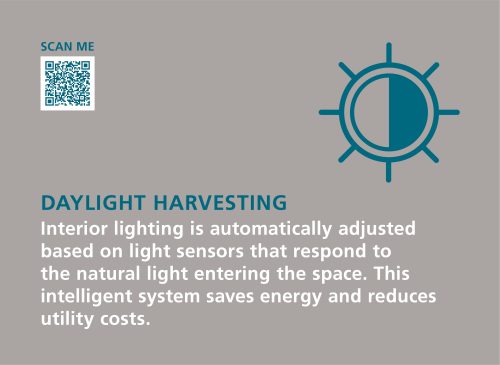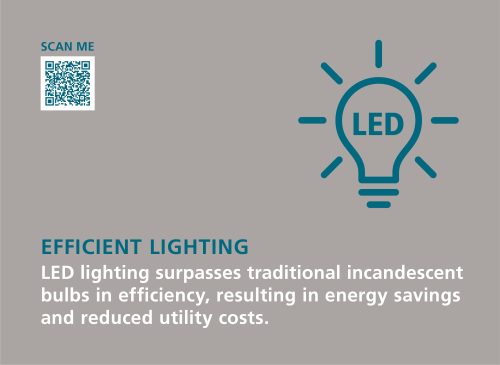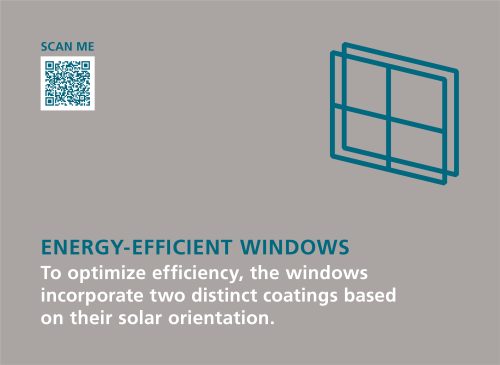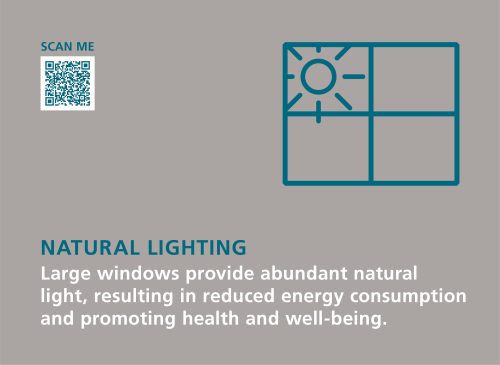Energy Efficiency
PCC’s greenhouse gas emissions related to energy come from heating and lighting buildings, running electrical equipment and emissions from the college’s fleet vehicles. Some of the greatest opportunities to reduce these greenhouse gas emissions are through efficient energy use, green building design, improvements in operations and education and outreach. Learn more about Strategic Energy Management (SEM) at PCC.
Ceiling Fans
Fans are an energy efficient way to mediate room temperatures and circulate air. They give more control to occupants over their environment.
Daylight Harvesting
Lights near windows will self-adjust to the amount of daylight lighting the room. This reduces the need for artificial lighting, saves energy and makes the building more comfortable for occupants.

Efficient Lighting
LED lighting is the most energy efficient lightbulb we can use. LED bulbs have a longer lifespan and give off no heat or ultraviolet light. PCC is transitioning all lighting to LEDs.

Energy Efficient Windows
PCC uses double-glazed windows which have two panes of glass set into a frame to create a sandwich of glass with an air pocket to better insulate a room. Better insulation means less energy consumed. These windows have an energy efficient coating designed to promote low glare lighting and reflect heat. Energy efficient windows reduce the college’s energy demand, saves us money and reduces air pollution from power plants.

Energy Savings
Energy efficiency has a positive impact on the environment and reduces energy costs. It also helps the college meet its greenhouse gas reduction goals in line with our Climate Action Plan.
Natural Lighting
Natural lighting minimizes the need for artificial lighting, which reduces the college’s energy consumption. Installing large windows allows for natural light to light up the room. Exposure to natural light helps us produce Vitamin D, improves our sleep patterns, improves productivity and/or learning outcomes and makes for happier building occupants.

Natural Ventilation
Instead of relying on energy-intensive air conditioning, natural ventilation allows for cool air to enter the building without consuming energy. When conditions are right, automated windows open to cool the building by bringing air from the outdoors. Natural ventilation systems allow constant fresh air and can help prevent airborne viruses.
Tight Thermal Envelope
A thermal envelope is made up of the parts of the building that maintain the air quality and temperature of the building (e.g. the walls and roof). A tight thermal envelope improves energy efficiency and air quality in the building using strategies such as insulation, weatherstripping and double paned windows.
